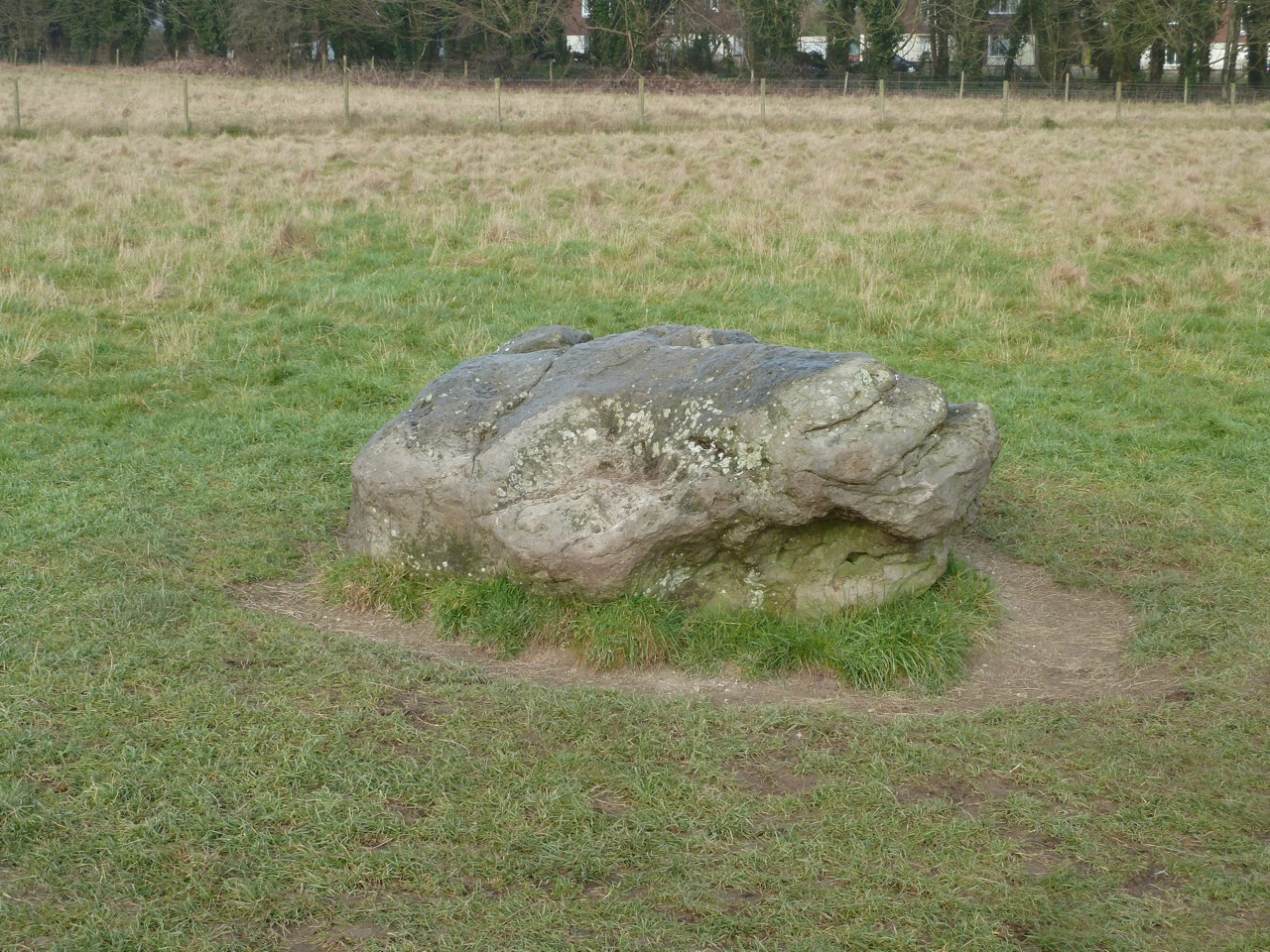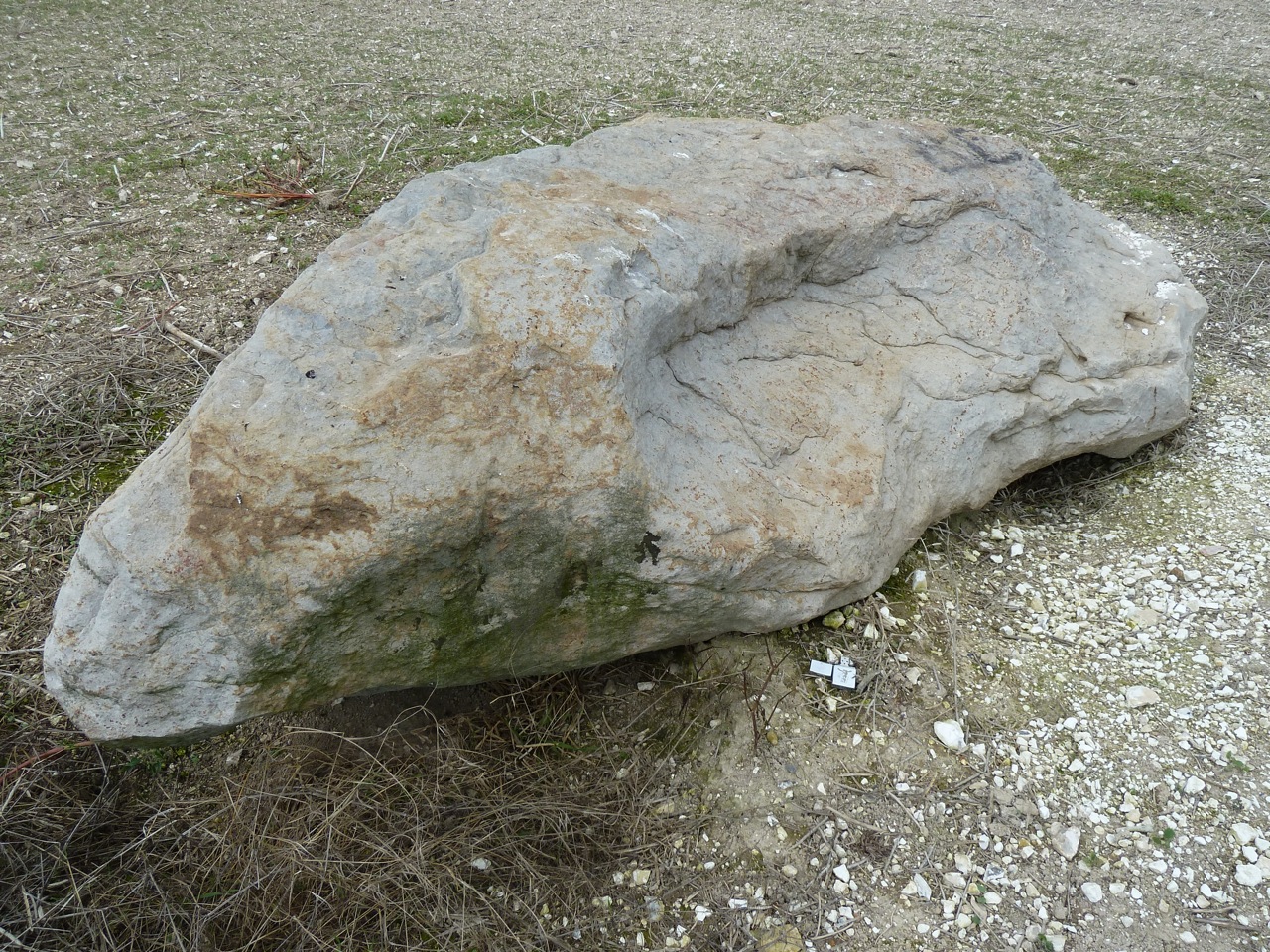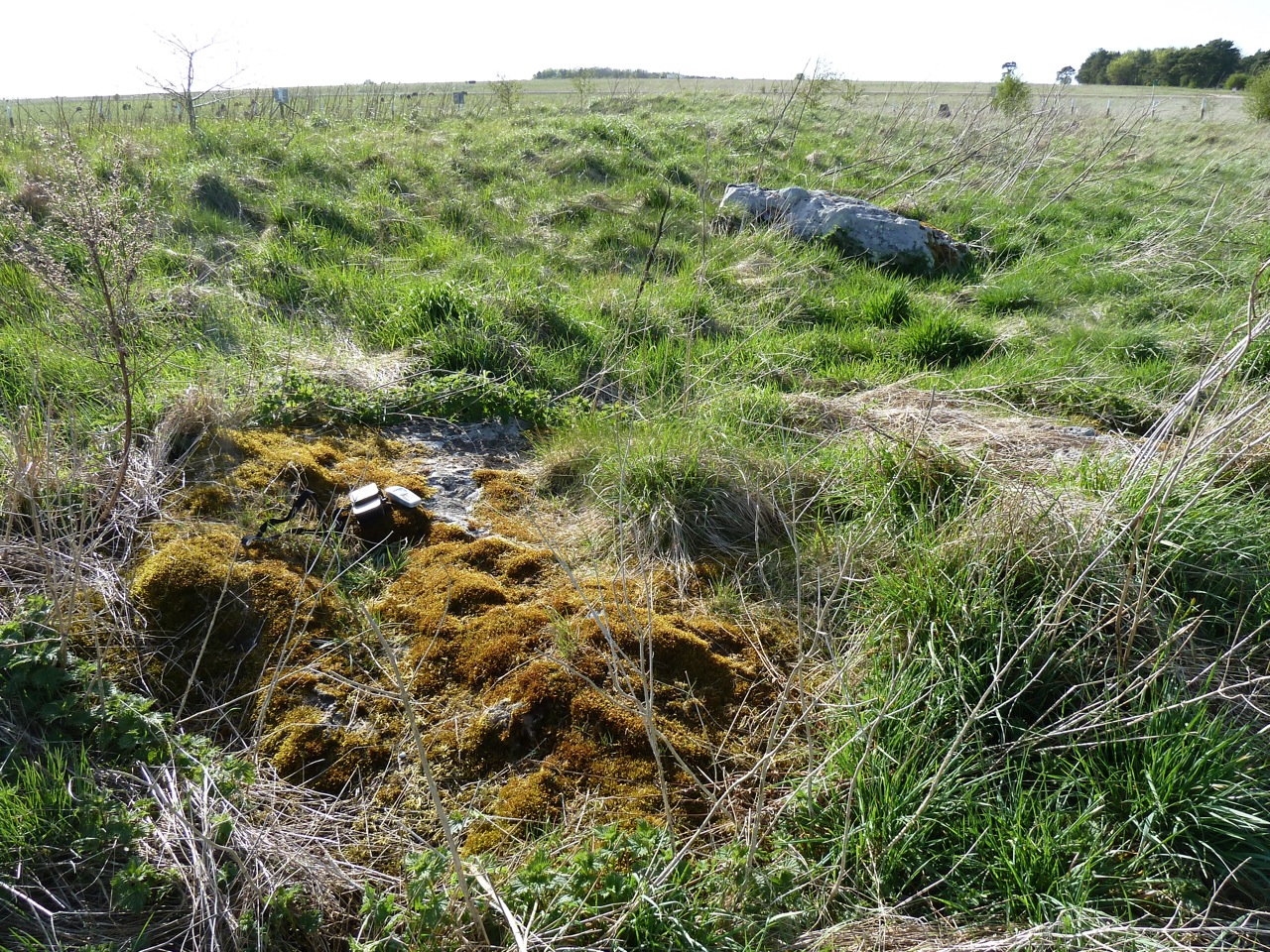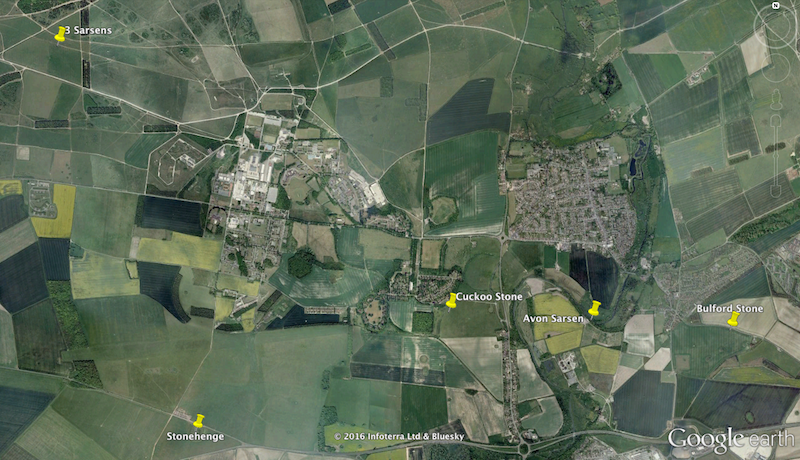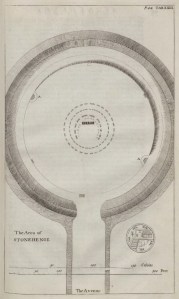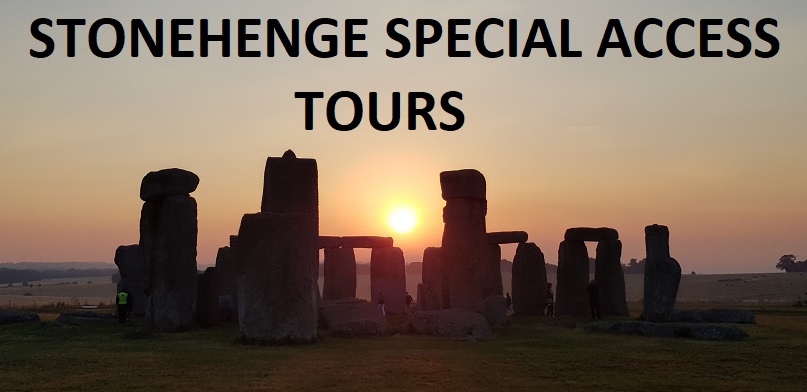The 17th Century gentleman antiquarian, John Aubrey, is a fascinating, if elusive figure. Most famous for his proto-biography anthology, Brief Lives, in which he pithily captures in a few well-turned lines the key movers and shakers of his age, he is somewhat eclipsed by the greater lives he wrote about. Of Welsh descent (with family connections in Hereford and South Wales), Aubrey was born in Easton Piercy, Wiltshire 1626, and was to witness some of the most tumultuous events in English history.
Growing up within living memory of the rein of Elizabeth I, and amid the ruinous devastation caused by her murderous father, Henry VIII, Aubrey was the witness firsthand the chaos of the English Civil War, the execution of Charles I, the merry England of Charles II, the brief rein of James II, and the Glorious Revolution, which saw in William and Mary. Living through such turbulent times, it is perhaps small wonder that Aubrey developed an obsession for the collection and preservation of the fragile, precious icons of the past. As his biographer, Ruth Scurr, pointed out, he was not alone in this predilection: ‘Rescuing or remembering the material remains of lost or shattered worlds became compelling for many who lived through the English Civil War.’ (2015: 4) Yet Aubrey felt he was not only born in the right time, but the right place: ‘I was inclined by my genius from childhood to the love of antiquities: and my Fate dropt me in a countrey most suitable for such enquiries.’ One could also say ‘county’ as much as ‘countrey’, for in Aubrey’s birthplace and home, Wiltshire, he found an area worthy of a lifetime’s study.
With its hundreds of prehistoric monuments it is an antiquarian’s paradise. It seemed to have his name on it, literally. In 1649, when out hunting, he stumbled upon a remarkable arrangement of stones, half-hidden behind ivy and briar and apparently ignored as the mundane backdrop to the lives of simple farming folk, who grazed their livestock and grew their crops amongst them. This was the village of Avebury, and Aubrey couldn’t help but be tickled at the similarity between the names.

By the time Aubrey was elected a Fellow of the Royal Society in 1663 news of his discovery of a monument, which ‘…doth exceed Stonehenge as a Cathedral does a Parish Church,’ reached the ears of Charles II, who asked Aubrey to show it to him on a hunting trip in Wiltshire. The monarch asked Aubrey to dig for treasure, but Aubrey discretely deferred this royal command, and instead undertook something for more useful. He conducted a proto-survey of it, alongside one of Stonehenge in 1666, where he discovered the holes of timbered uprights, which bore cremated Neolithic remains – thousands of individual bone fragments from 56 individuals. These became known as the Aubrey Holes. Aubrey was educated in Dorset, then Trinity College, Oxford, before taking the bar at the Middle Temple, London. Although he moved in exalted circles as a member of the Royal Society, Aubrey often struggled with money. Fortunately, as an erudite and entertaining conversationalist (and, perhaps, more importantly a great listener) he was a favoured guest and enjoyed the rolling hospitality of his wealthy circle. Yet, living amid other lives had its deficits – although it was ideal ‘access’ for a future biographer, it meant his own projects were always deferred and piecemeal (tellingly, Miscellanies was the only monograph published in his lifetime, although he authored several, notably on his beloved Wiltshire, and he laboured upon his magnum opus, Monumenta Britannica, for thirty years).
Aubrey himself, an agnostic with more of a belief in astrology, thought such professional procrastination was written in the stars, as he reflected in later years, writing about himself like a subject of one of his own brief biographies: ‘His life is more remarqueable in an astrologicall respect then for any advancement of learning, having from his birth (till of late years) been labouring under a crowd of ill directions’. But it is precisely that restless interest in all things that resulted in the preservation of so much priceless history, for his precious collection of books, manuscripts, artefacts, art, and antiquities, was eventually bequeathed to Elias Ashmole, who went on to found the Ashmolean Museum in Oxford.
Aubrey died in Oxford in 1697, at the end of a relatively brief (the Biblical ‘three score years and ten’) but certainly ‘remarqueable’ life. Through his tireless efforts he saved for posterity many treasures from the deluge of time, and his own legacy should be celebrated as Wiltshire’s most remarkable son.
Guest Blogger: Dr Kevan Manwaring is an author, lecturer, and specialist tour-guide. His books include The Long Woman (a novel which features Stonehenge and Avebury), Lost Islands, Turning the Wheel: seasonal Britain on two wheels, Desiring Dragons, Oxfordshire Folk Tales, Northamptonshire Folk Tales, and Herepath: a Wiltshire songline. He is a keen walker and loves exploring the ancient landscape of the Marlborough Downs (where he lives) and beyond. www.kevanmanwaring.co.uk
Related links and articles:
John Aubrey: chronicler of the 17th century – History Extra
Research on Stonehenge – English Heritage Blog
John Aubrey: The Man who ‘Discovered’ Avebury – National Trust
Stonehenge Private Access Experience – Stonehenge Guided Tours
Stonehenge and the Druids – Stonehenge News Blog
John Aubrey: England’s first archaeologist? – The Heritage Trust
Stonehenge and Avebury Archaelogical Guided Tours – Stonehenge Tour Specialist
The Stonehenge News Blog
Follow us on Twitter and Facebook for all the latest Stonehenge News
http://www.Stonehenge.News

